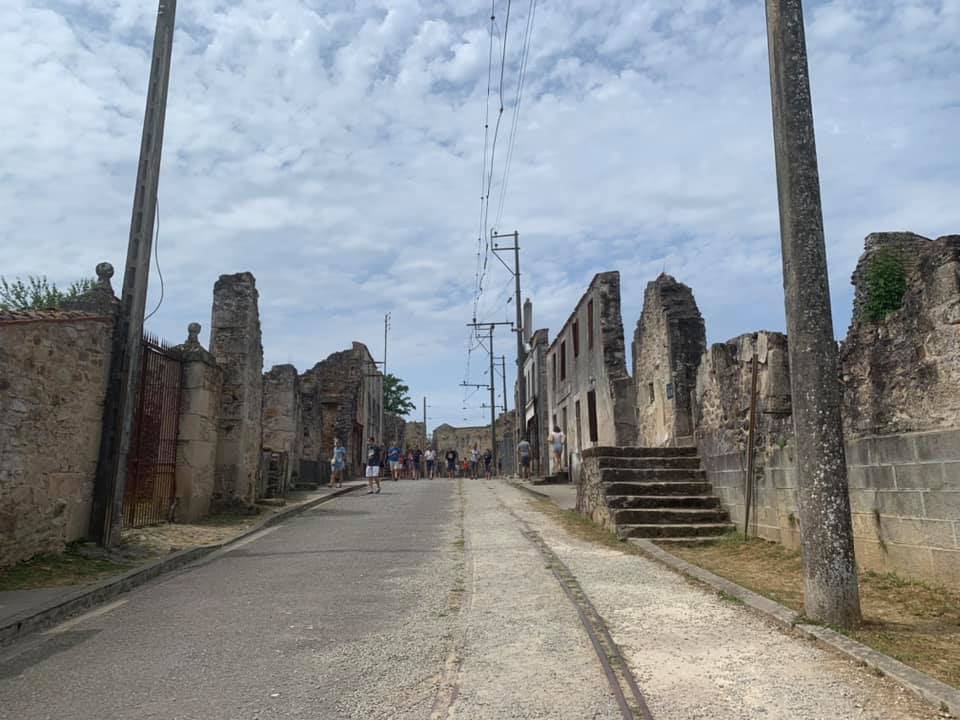On June 10, 1944, soldiers in the SS “Das Reich” division corralled 642 villagers in Oradour-sur-Glane into barns and a church and then setting the entire village on fire. It was the biggest massacre on French soil in World War II.
The village was rebuilt nearby but the ruins of the old village were left alone as a memorial to the slain villagers and a testimony to the horrors of the Nazi occupation of France.
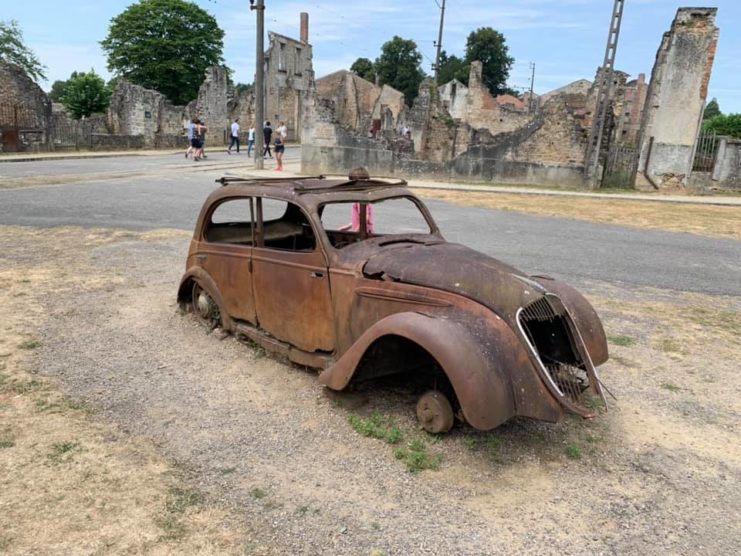
On August 21, a spray-painted message was discovered on a wall in the memorial village. The message denies that the Holocaust happened and includes the name of a known Holocaust denier.
French authorities from the far-right to the far-left joined in rare unity to condemn the act of vandalism.
« Un peuple qui oublie son passé se condamne à le revivre » devant tant de haine et de bêtise, nous devons honorer la mémoire #OradourSurGlane et nous battre contre le retour de la bête immonde. pic.twitter.com/NaAnsVAVuA
— Olivier BIANCHI (@olivierbianchi1) August 22, 2020
President Emmanuel Macron, who visited the village in 2017, swore that everything that could be done to catch the criminals who defaced the entrance of the Center for Remembrance would be done in order to bring the culprits to justice.
Officials covered the graffiti with a tarp. According to the regional paper Le Populaire du Center, the word “Lie” was painted on the wall along with other graffiti. The inscription on the wall, “Martyr Village,” was crossed out.
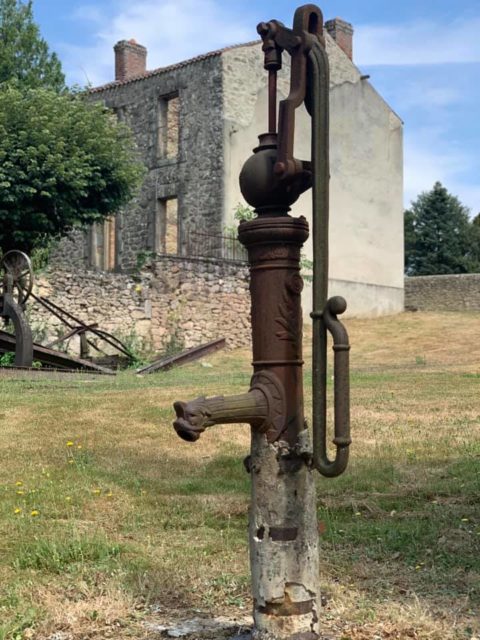
Justice Minister Eric Dupond-Moretti tweeted, “Shame on those who did this,” and promised that “all will be done” in order to judge the perpetrators.
Interior Minister Gerald Darmanin and Prime Minister Jean Castex both took to Twitter to condemn the act as well.
Far-right leader Marine Le Pen also tweeted about the graffiti, stating that it was time “to stop the recurrence of these acts…”
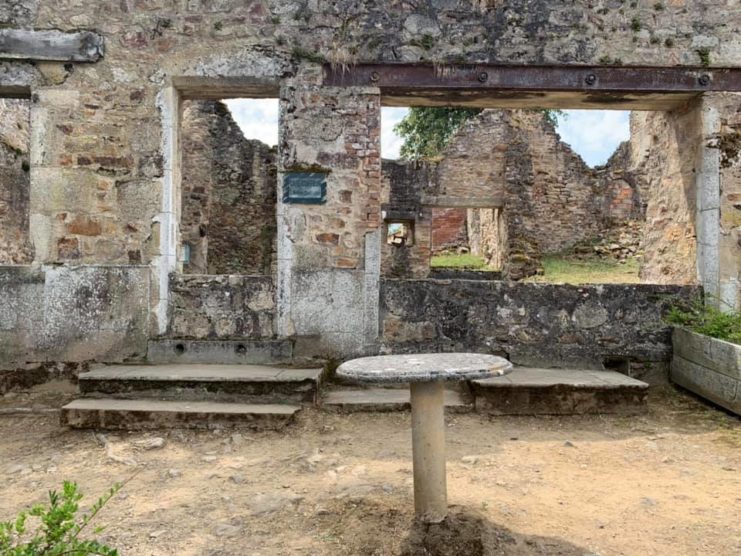
The massacre happened just four days after the Allies landed on the beaches of Normandy in the D-Day invasions. It is believed that the Nazi soldiers were retaliating for the kidnapping of an SS officer by the French Resistance.
In general, the Nazi response to anti-German sentiment never reached the levels in France that they reached in south east Europe. In places like in the then Yugoslavia, Greece and the Soviet Union, tens of thousands of civilians were killed or placed in concentration camps.
But as those units were redeployed to France in the closing months of the war and especially after D-Day, they brought with them the tactics that they used in those other countries.
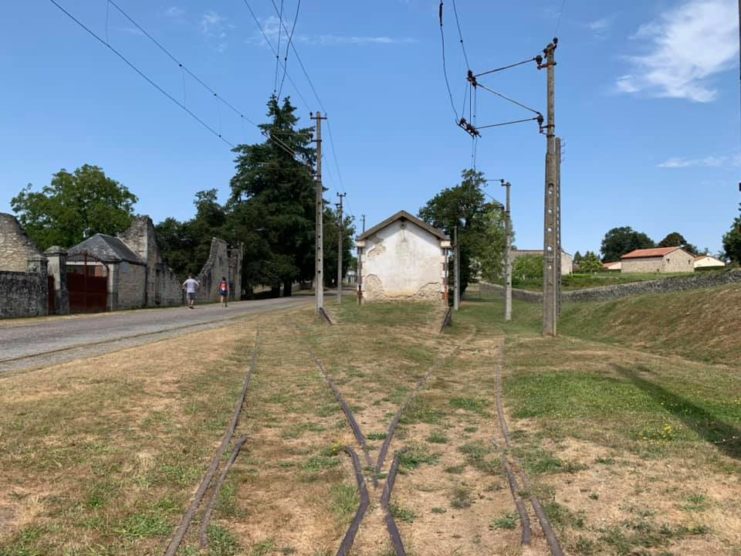
This coincided with the French Resistance’s increased activity as they were motivated by the arrival of the Allied troops in Normandy.
The Das Reich division had served on the Eastern Front for two years before being reassigned to France. They were responsible for murdering tens of thousands of civilians in the USSR.
In France, their orders were to “cleanse” the area around Clermont-Ferrand. They immediately rounded up 99 male villagers from Tulle and hanged them.
The next day the Das Reich division moved into Oradour-sur-Glane. The village was normally home to around 350 people but it had swollen to nearly 650 people with refugees moving there.
German soldiers gathered all the people in the town square before splitting them up by gender. The men were locked in barns which were set on fire. The women and children were placed in a church and grenades were thrown in through the windows. Anyone caught running out of the church was shot.
Another Article From Us: France to Rename Streets After African WW2 Heroes
In 1946, the French government officially made the village a national memorial site and required the site to be conserved.
